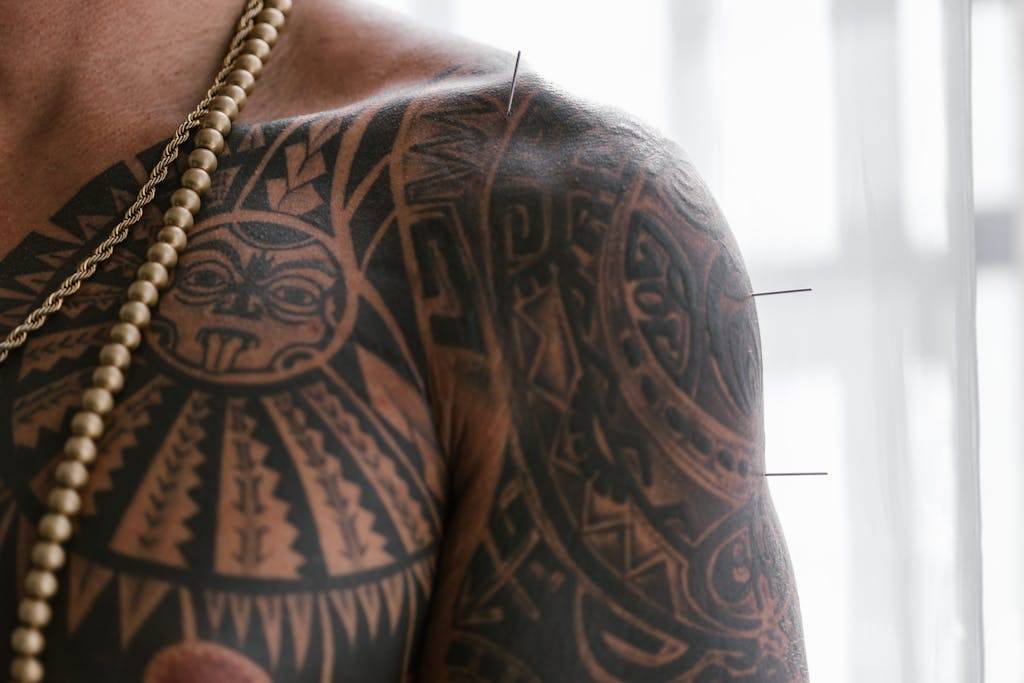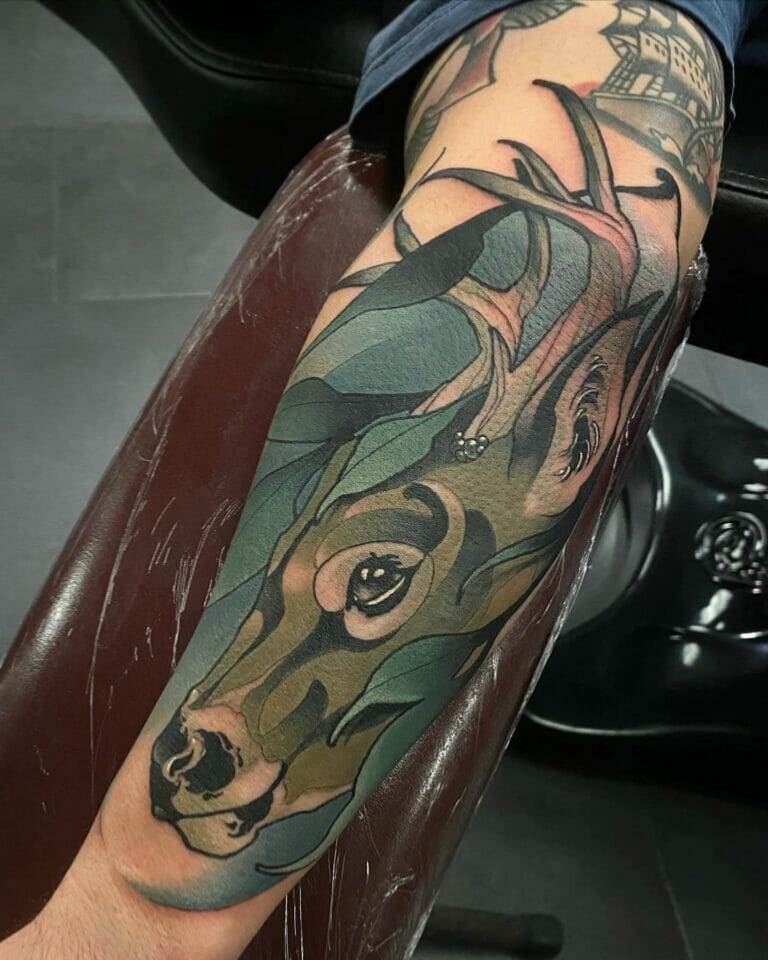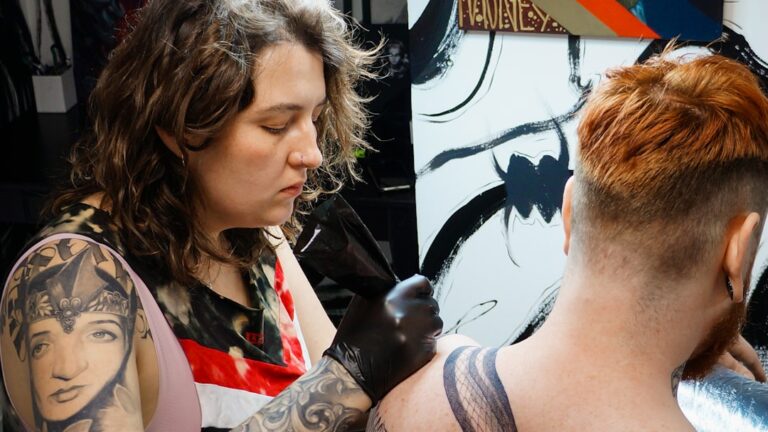Introduction
In tattooing, line work is one of the most crucial aspects of creating a stunning, lasting piece of art. The lines in a tattoo form its structure, much like the bones in a body, and define the shapes and forms that bring the design to life. Whether you’re opting for a minimalist symbol or a detailed, large-scale piece, clean, precise lines are essential for achieving a professional and polished tattoo. In this article, we’ll explore why clean lines are so important, what makes good line work, and how to ensure your tattoo artist delivers lines that stand the test of time.
The Importance of Clean Lines in Tattoos
Clean, well-executed lines are the foundation of any great tattoo. Without strong line work, even the most creative or vibrant designs can appear messy or incomplete. Here’s why clean lines are essential:
1. Defining the Design
The lines in a tattoo outline the shape and details of the design. They provide the structure for shading, color, and any additional details to be applied. If the lines are shaky or uneven, the overall design can lose clarity and impact.
2. Longevity of the Tattoo
A tattoo is meant to last a lifetime, and clean lines help ensure it ages well. Over time, ink can naturally spread and blur slightly under the skin, but crisp lines are less likely to lose definition compared to lines that were already uneven or weak from the start.
3. Enhancing Detail and Precision
Good line work allows for intricate details to be included in the tattoo without becoming muddled. In designs that feature fine details—such as geometric patterns, portraits, or script—clean lines are crucial for maintaining precision and ensuring that every part of the tattoo is easy to identify.


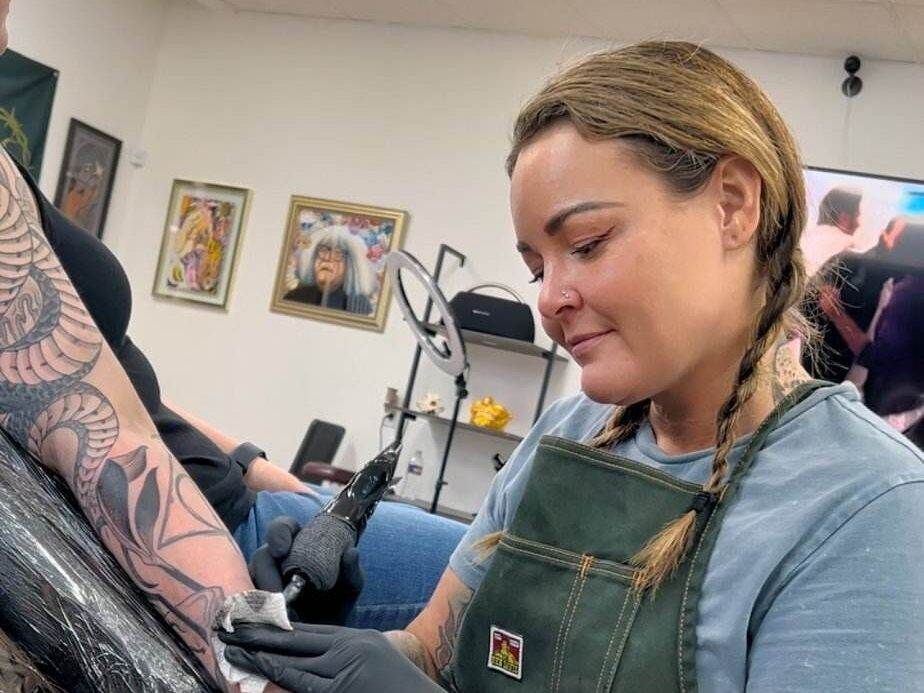
What Makes Good Line Work?
While tattooing is an art form, certain technical aspects determine the quality of line work. Clean lines aren’t just about an artist’s creative vision; they also require technical skill and experience.
1. Consistency in Thickness
One of the hallmarks of great line work is consistency in the thickness of the lines. Whether the design requires thin, delicate lines or thick, bold ones, a skilled tattoo artist can keep the lines uniform, ensuring that there are no awkward variations unless intentionally part of the design.
2. Smooth, Continuous Strokes
Clean line work involves smooth, continuous strokes without breaks, wobbles, or unintended jagged edges. This level of precision requires control and practice, as well as a steady hand. Broken or shaky lines can distract from the design and make it look less professional.
3. Proper Ink Saturation
For lines to remain sharp and visible over time, they must be properly saturated with ink. An artist must tattoo at the right depth in the skin to ensure the ink is evenly deposited. Lines that are too shallow may fade quickly, while lines that are too deep can cause blowouts (where ink spreads under the skin in unintended areas).
4. Balanced Placement
The placement of lines within a tattoo is just as important as their execution. Clean lines need to follow the natural flow of the body and complement the tattoo’s composition. Misplaced or misaligned lines can throw off the balance of the entire piece, making it appear unrefined or poorly planned.

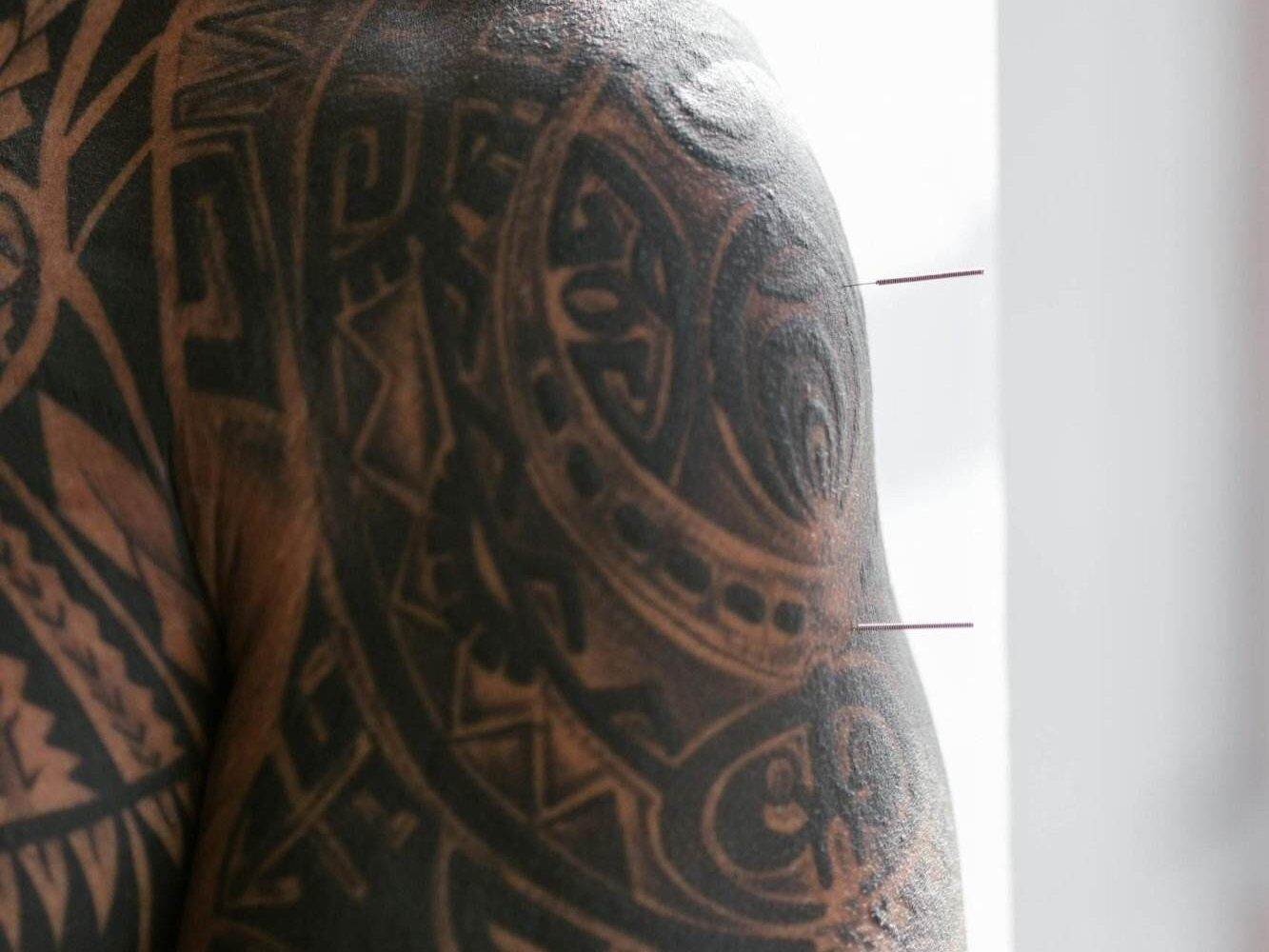


Ensuring Clean Line Work: What to Look for in an Artist
Tattooing is a collaborative process, and choosing the right artist is key to getting clean, high-quality line work. Here’s what to look for when selecting your tattoo artist:
1. Portfolio Evaluation
One of the best ways to judge an artist’s skill in line work is by looking through their portfolio. Pay close attention to the lines in their previous tattoos. Are the lines smooth, even, and consistent? Does the artist handle both fine details and bold lines well? A strong portfolio should showcase a variety of styles with clean, professional lines.
2. Experience and Skill Level
Tattooing clean lines requires both technical skill and a steady hand, which typically come with experience. While newer artists can certainly be talented, more experienced artists may have greater control and a stronger ability to execute precise line work, especially in more complex designs.
3. Attention to Detail
Good line work requires patience and attention to detail. An artist who takes their time and carefully plans out the design is more likely to deliver clean, consistent lines. Look for an artist who demonstrates care in their approach to tattoos, focusing on quality rather than rushing through the process.
Common Pitfalls in Line Work and How to Avoid Them
Even with the best intentions, line work can sometimes go wrong. Here are some common pitfalls that can impact the quality of line work and how you can avoid them:
1. Shaky Lines
A shaky hand or lack of focus can result in uneven, wobbly lines. This can be avoided by selecting an artist with strong technical control and experience. It’s also helpful to communicate clearly with your artist about any discomfort you may be experiencing during the tattoo session, as moving or flinching can affect line quality.
2. Overworked Lines
Overworking the skin during the tattoo process can lead to thick, inconsistent lines or even scarring. This occurs when an artist goes over the same area too many times, often in an attempt to correct a mistake. A skilled tattoo artist knows how to complete the line work without damaging the skin by applying just the right amount of pressure.
3. Blowouts
Blowouts happen when ink is pushed too deep into the skin, causing it to spread and blur. This can ruin the clarity of the line work and lead to distorted designs. Blowouts are generally a sign of poor technique, so choosing an artist with experience in controlling ink depth is essential.
Caring for Your Tattoo’s Line Work During Healing
Once your tattoo is complete, proper aftercare is crucial to preserving the crispness of the line work. Even the cleanest lines can blur or fade if the tattoo isn’t cared for during the healing process.
1. Keep the Tattoo Clean
Gently clean your tattoo with lukewarm water and mild, unscented soap. Keeping the tattoo clean prevents infection, which could damage the ink and blur the lines.
2. Moisturize Regularly
Apply a recommended tattoo-friendly lotion or ointment to keep the skin moisturized and prevent dryness or scabbing, which can interfere with healing and affect the line work.
3. Avoid Scratching or Picking
Itching is common during the healing process, but resist the urge to scratch or pick at your tattoo. This can pull at the healing skin and distort the lines.
4. Protect from the Sun
Sun exposure can cause tattoos to fade, and line work is particularly vulnerable. Once your tattoo has healed, always use sunscreen on your tattooed areas to maintain the sharpness of your lines.
Conclusion
Clean, precise line work is the backbone of any well-executed tattoo, laying the foundation for the entire design. Whether you’re getting a simple, minimalist tattoo or a complex, intricate piece, clean lines are essential for ensuring your tattoo looks professional and remains sharp over time. By choosing an experienced artist and following proper aftercare, you can ensure your tattoo’s line work stays crisp and beautiful for years to come.


